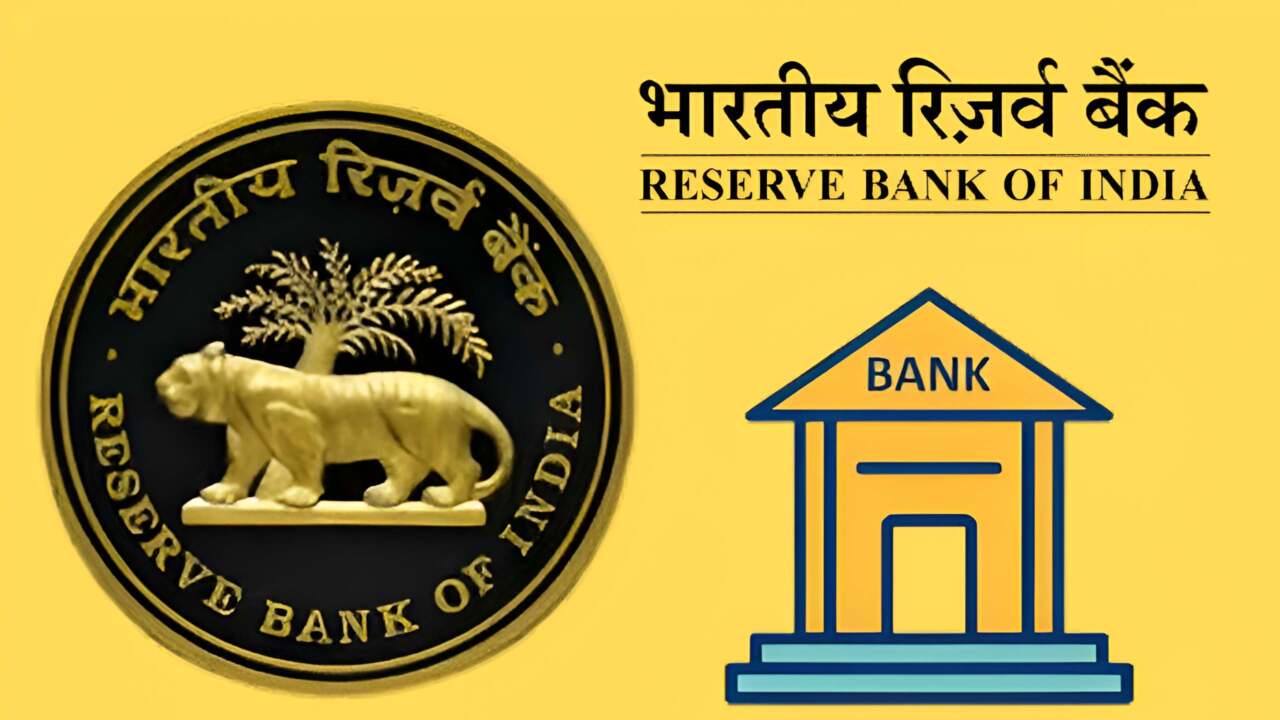The updated framework seeks to enhance the standardized method for determining the capital charge for credit risk in terms of robustness, granularity, and risk sensitivity. “We will release the draft guidelines soon,” the RBI Governor said.
RBI Governor Sanjay Malhotra said on October 1 that the central bank would release draft guidelines on the application of the updated Basel framework on Standardized Approach for Credit Risk for Scheduled Commercial Banks in an attempt to increase the banking system’s sensitivity to risk.
According to him, they would not include regional rural banks, payments banks, or small finance banks.
“To strengthen the banking sector’s resilience and bring our regulatory framework in line with global standards, the RBI will soon release draft guidelines for Scheduled Commercial Banks on implementing the revised Basel framework under the Standardised Approach for Credit Risk.”
What Is the Framework Going to Do?
When it comes to the standardized method for figuring out the capital cost of assuming a credit risk, the updated framework seeks to increase robustness, granularity, and risk sensitivity. The RBI Governor has said that the draft guidelines would be released soon.
Norms of Basel III
Additionally, the governor said that it is thinking of implementing the updated Basel III capital adequacy standards for commercial banks (apart from SFBs, PBs, and RRBs) on April 1, 2027.
RBI MPC Results
On October 1, the RBI’s Monetary Policy Committee (MPC) maintained its stance of “Neutral” and chose to maintain the benchmark repo rate at 5.5 percent. According to the MPC, it is wise to wait for the effects of policy interventions to fade before deciding on the next course of action.
Consequently, the marginal standing facility (MSF) rate and the bank rate stay at 5.75 percent, while the standing deposit facility (SDF) rate stays at 5.25 percent.
The move was consistent with a Moneycontrol survey of bankers and economists who said the RBI’s Monetary Policy Committee (MPC) would maintain rates while evaluating the data on the Goods and Services Tax (GST) changes. The MPC took comfort in the first quarter’s stronger growth.

